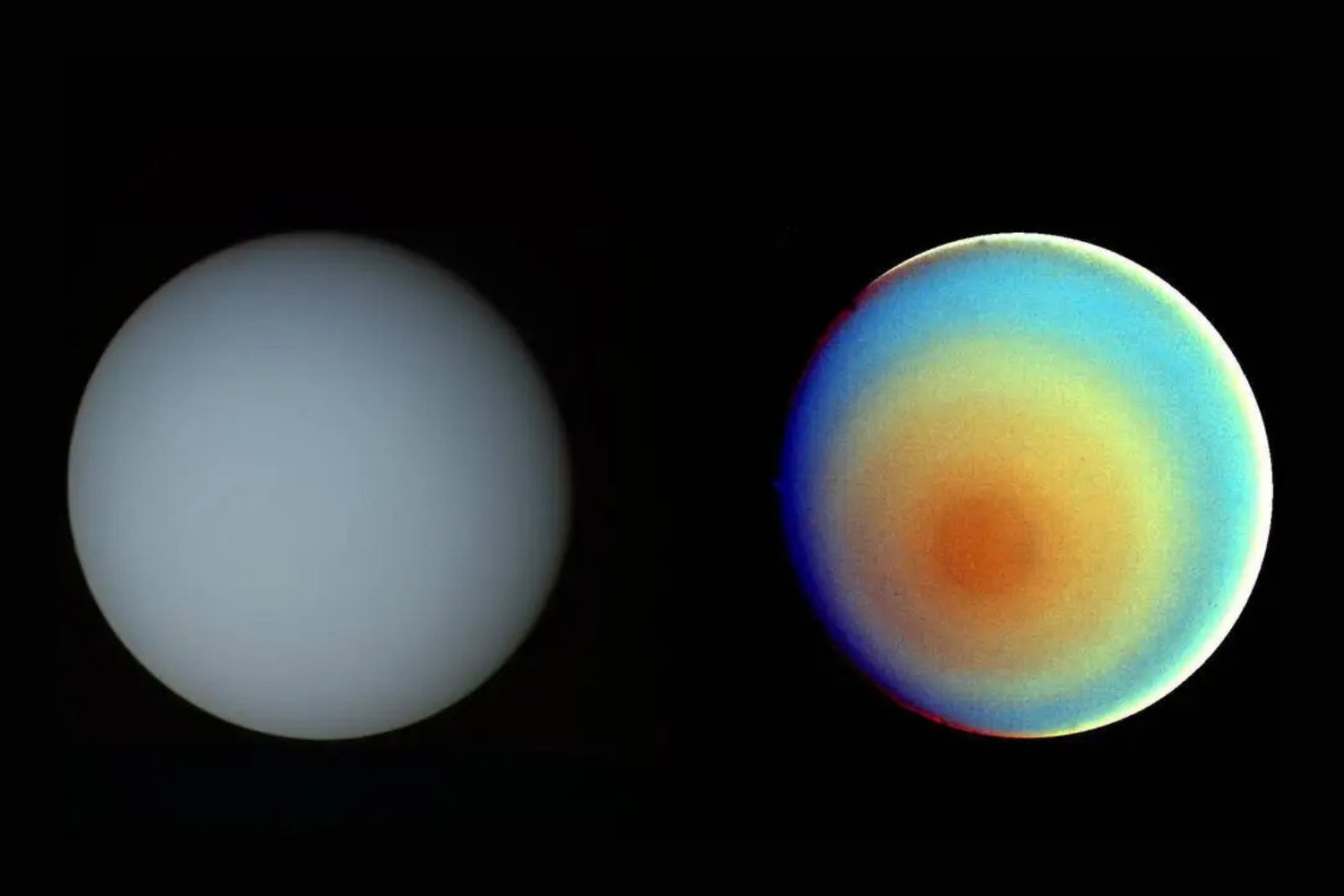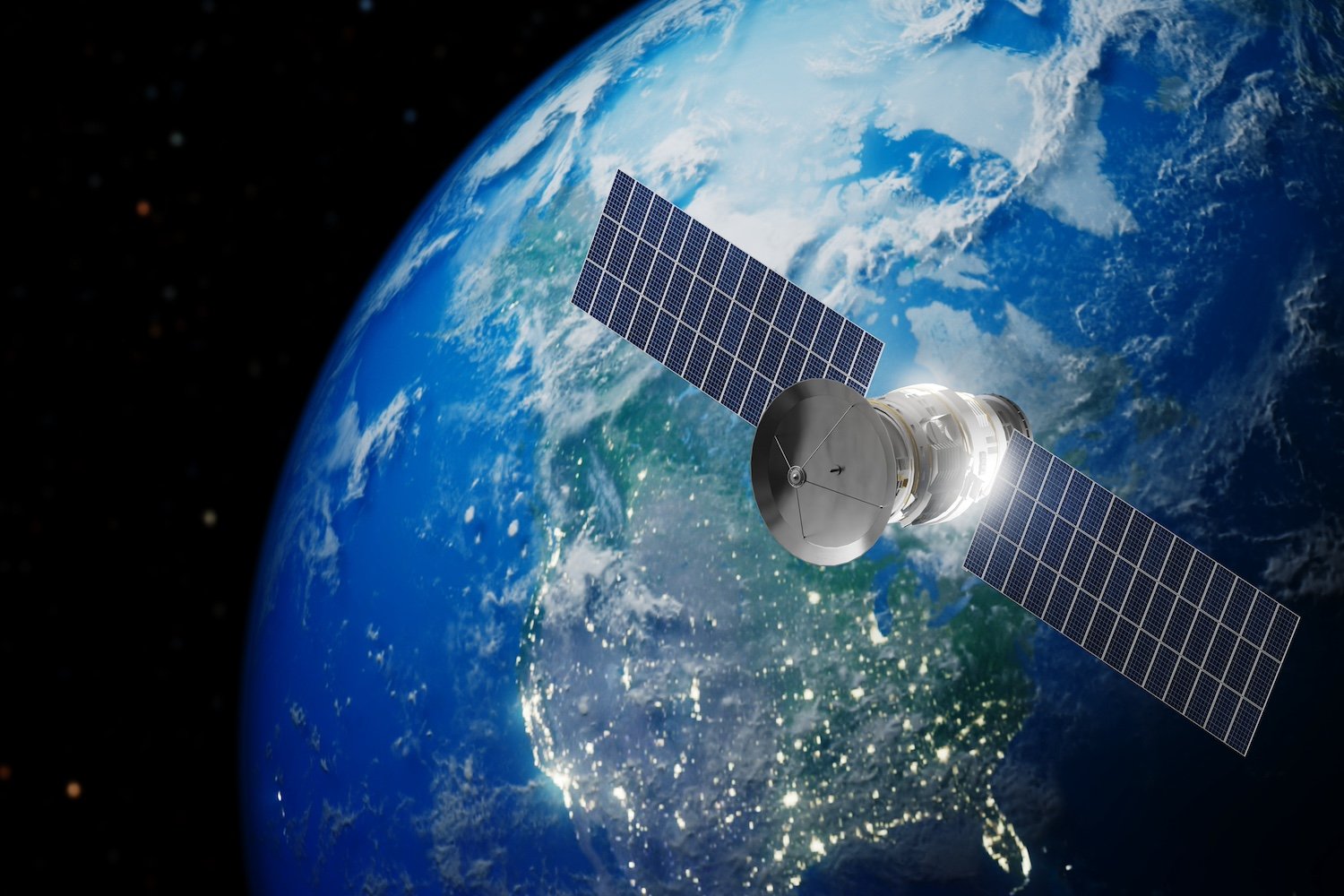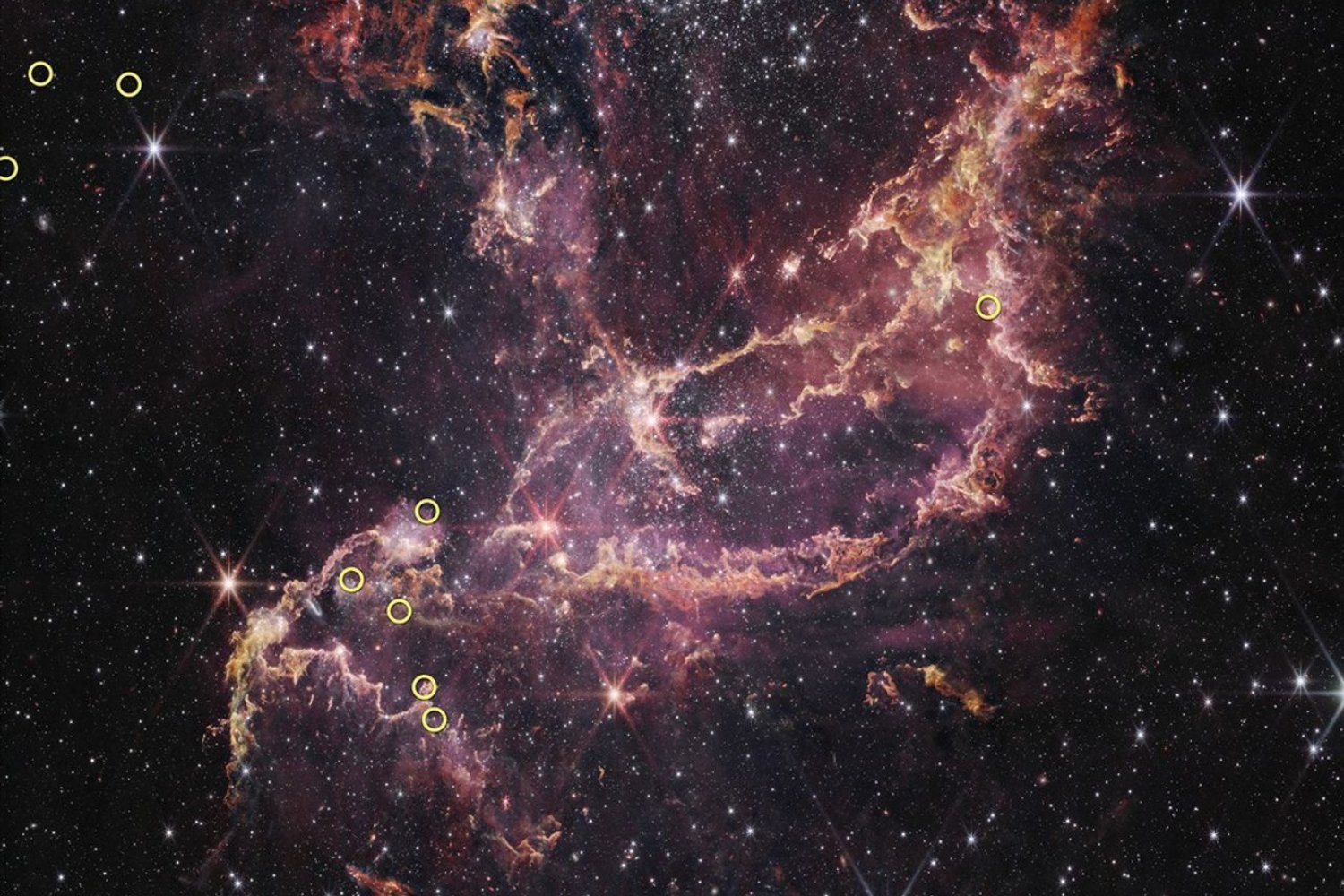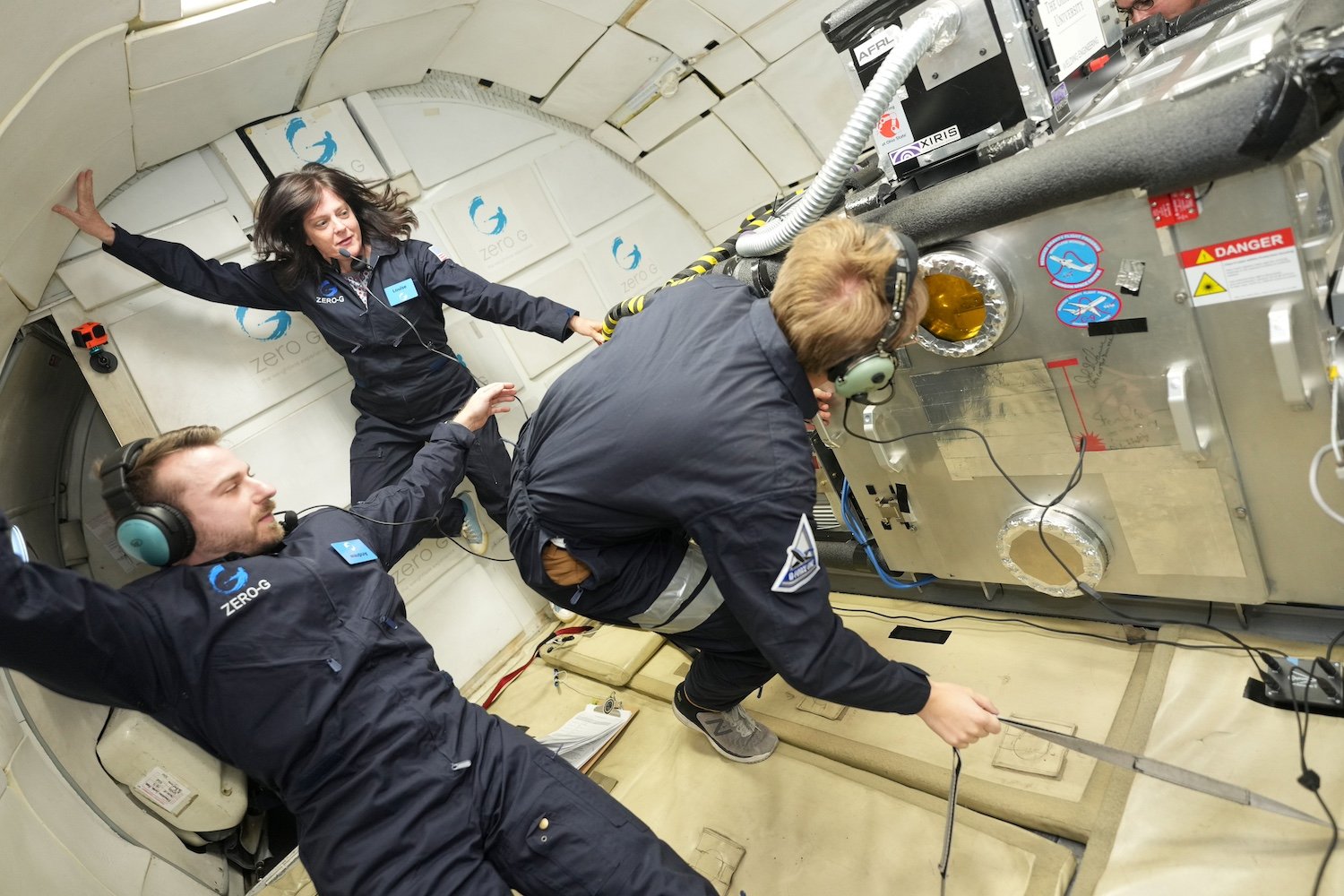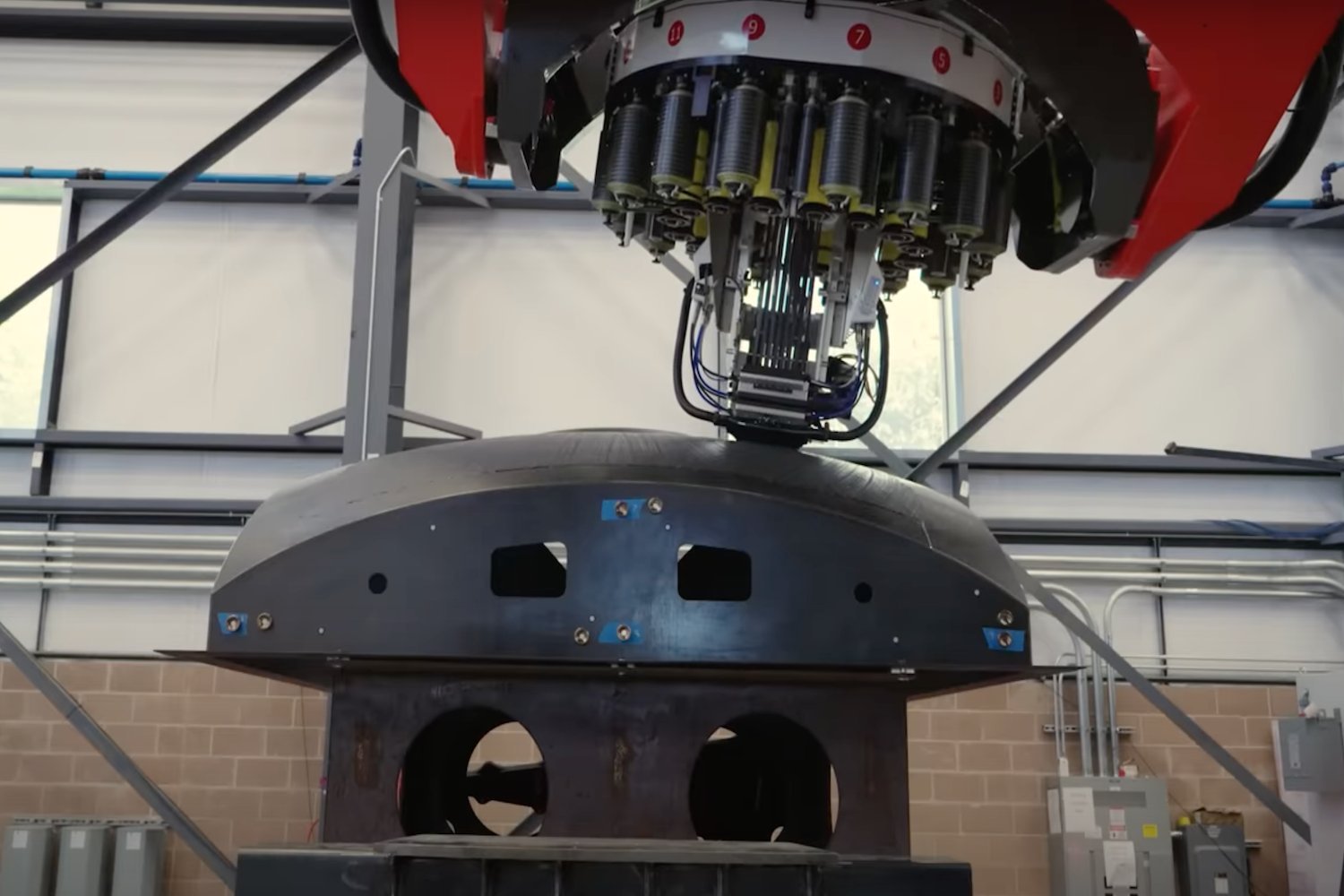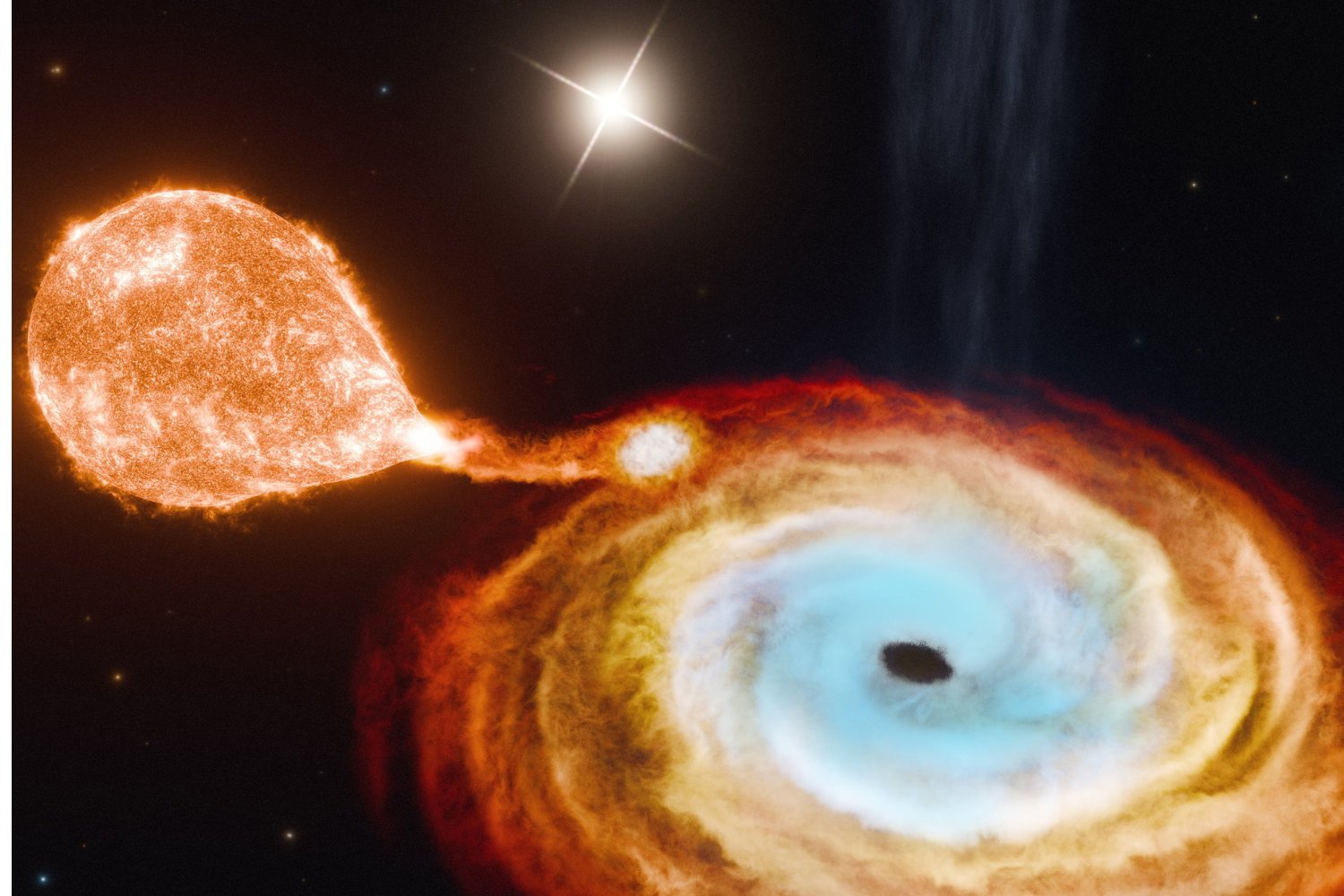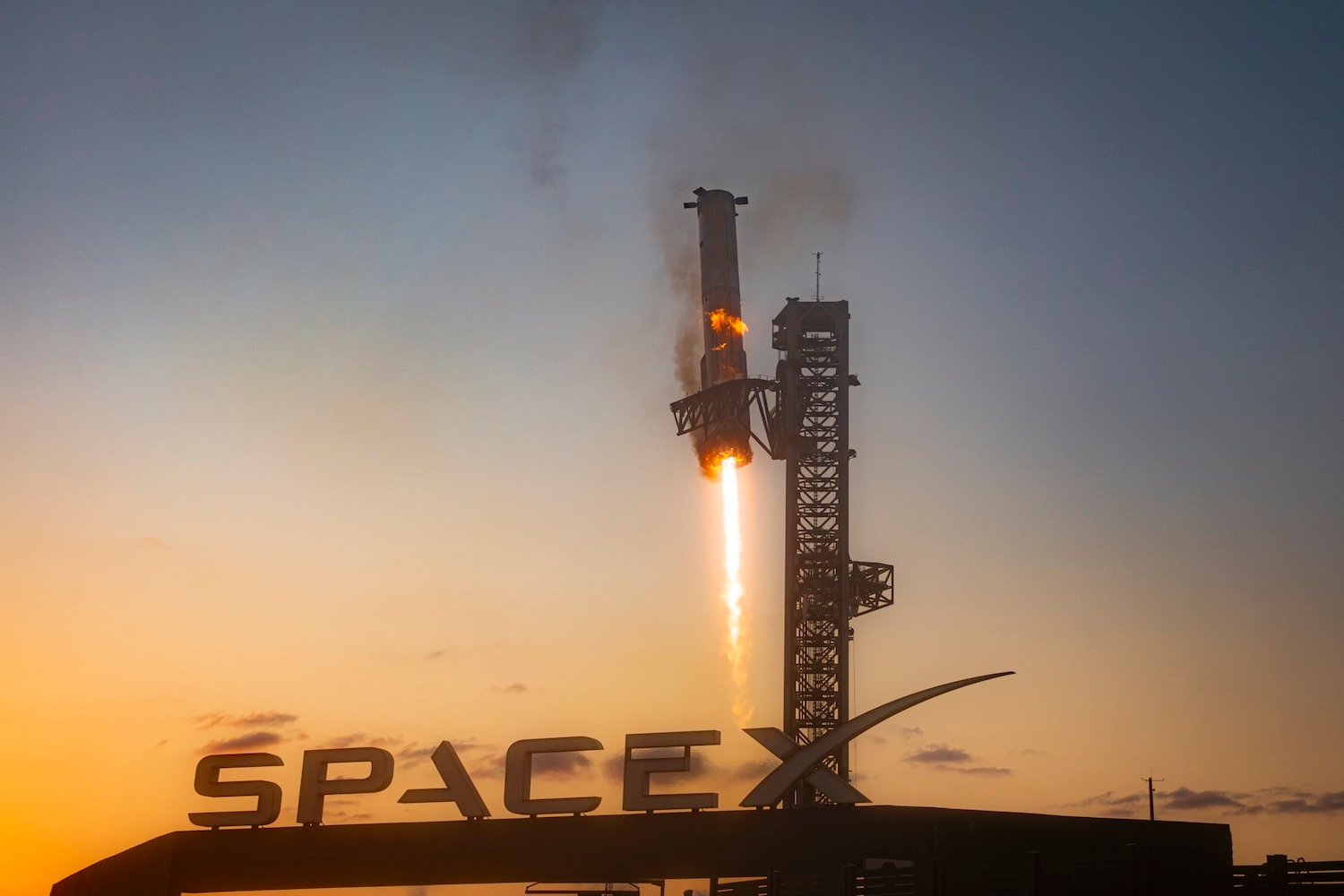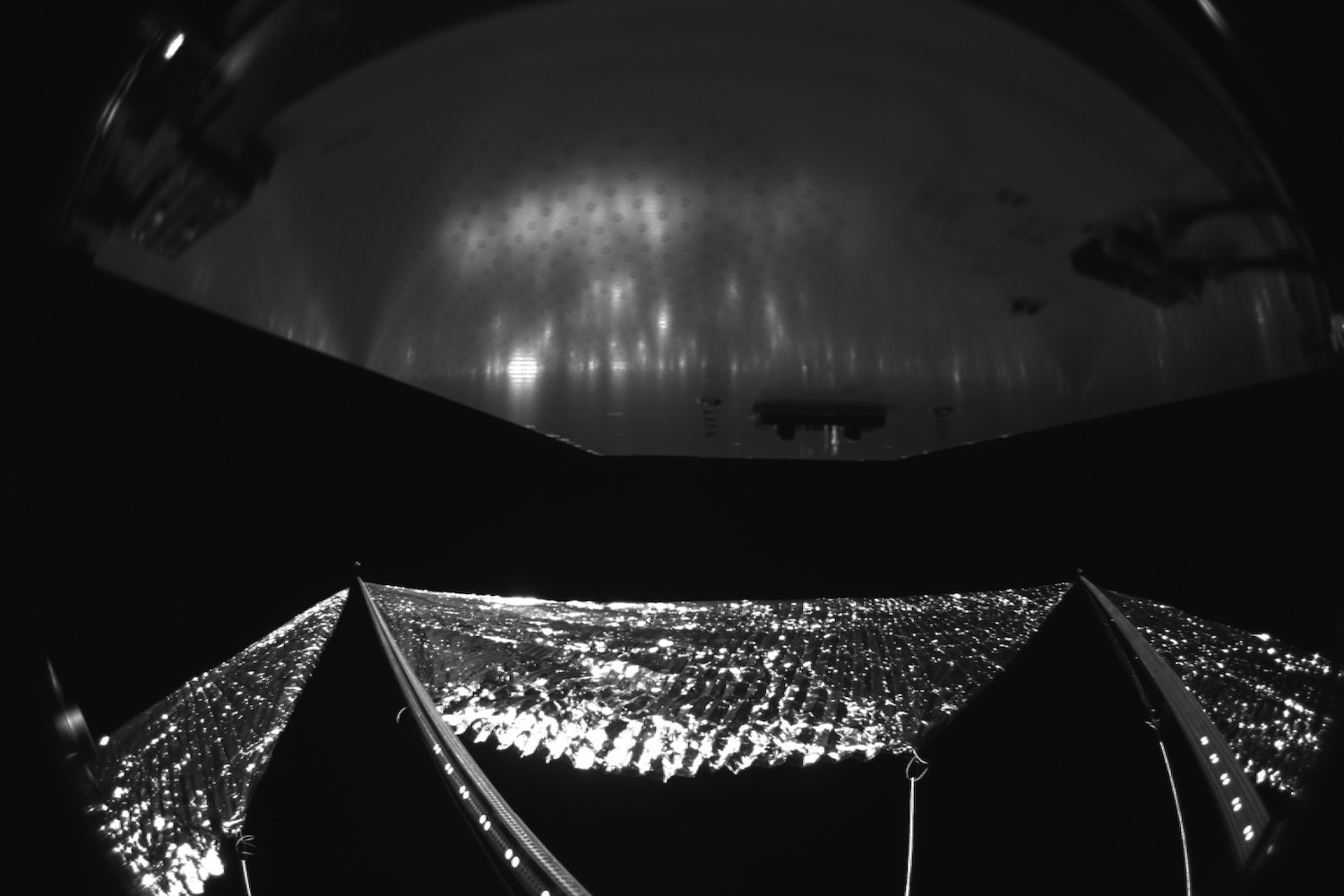Voyager 2’s 1986 flyby of Uranus captured a unique snapshot of the planet’s magnetosphere, heavily influenced by a surge of solar wind. A recent analysis, published in Nature Astronomy, challenges previous assumptions about Uranus’ magnetic environment and offers new insights into its dynamic interaction with the Sun.
Initial interpretations of Voyager 2 data painted a picture of a plasma-devoid magnetosphere with intense electron belts, distinct from other planets. This new research suggests this unusual state was a temporary condition caused by a powerful burst of charged particles from the Sun, distorting the magnetosphere just as Voyager 2 passed by.
“Two major mysteries from the Voyager 2 flyby can be explained by an intense solar wind event compressing the magnetosphere dramatically,” explains Jamie Jasinski, lead author and planetary scientist at NASA’s Jet Propulsion Laboratory and Caltech. “Arriving a week earlier would have yielded completely different measurements.”
The team estimates this extreme magnetospheric compression occurs only 4% of the time. The remaining 96% likely represents a less extreme state. This variability is linked to the solar minimum, the low point of the Sun’s 11-year cycle, during which Uranus experiences fluctuating solar wind interactions. The planet’s extreme axial tilt also contributes to cycles where the magnetosphere is alternately “open” and “closed” to the solar wind.
“The Uranian magnetosphere likely experienced two cycles during Voyager 2’s flyby: a daily cycle due to open-closed processes and a second driven by varying solar wind conditions,” the study concludes.
Voyager 2, the sole spacecraft to visit Uranus and Neptune, also discovered 16 moons and six planetary rings during its journey. Currently 47 years into its mission, Voyager 2 travels through interstellar space at 34,391 mph (55,347 km/h), almost 13 billion miles (20.9 billion km) from Earth. Light takes over 19 hours to travel from Voyager 2 to Earth.
Power-saving measures have deactivated most of Voyager 2’s instruments, leaving only the cosmic ray subsystem, magnetometer, and charged particle/electrical field instruments operational.
“It’s remarkable to revisit decades-old data with a fresh perspective,” says Carol Paty, a planetologist at the University of Oregon, not affiliated with the study. While Voyager 2 captured an extreme event, it’s premature to assume Uranus’ typical magnetosphere resembles other planets. Its asymmetry and extreme seasons continue to set it apart.
“The solar wind’s variability at Uranus’ orbital distance makes its system incredibly dynamic and responsive,” Paty adds.
Uranus remains a compelling target for astrobiological research. A 2022 National Academies report advocated for a Uranus orbiter to map its gravitational and magnetic fields and deploy an atmospheric probe. Planetary scientists echo this call, recognizing Uranus’ numerous unsolved mysteries.
This new analysis also suggests Uranus’ outer moons, Titania and Oberon, orbit within the magnetosphere. This simplifies detecting potential subsurface oceans by analyzing magnetic field responses.
“Titania and Oberon, being larger and retaining heat better, are prime candidates for harboring oceans,” Jasinski notes. “Their potential liquid contents would be easier to detect than previously anticipated.”
While a return mission to Uranus remains a future goal, scientists continue to glean valuable insights from Voyager 2’s nearly 40-year-old data.



